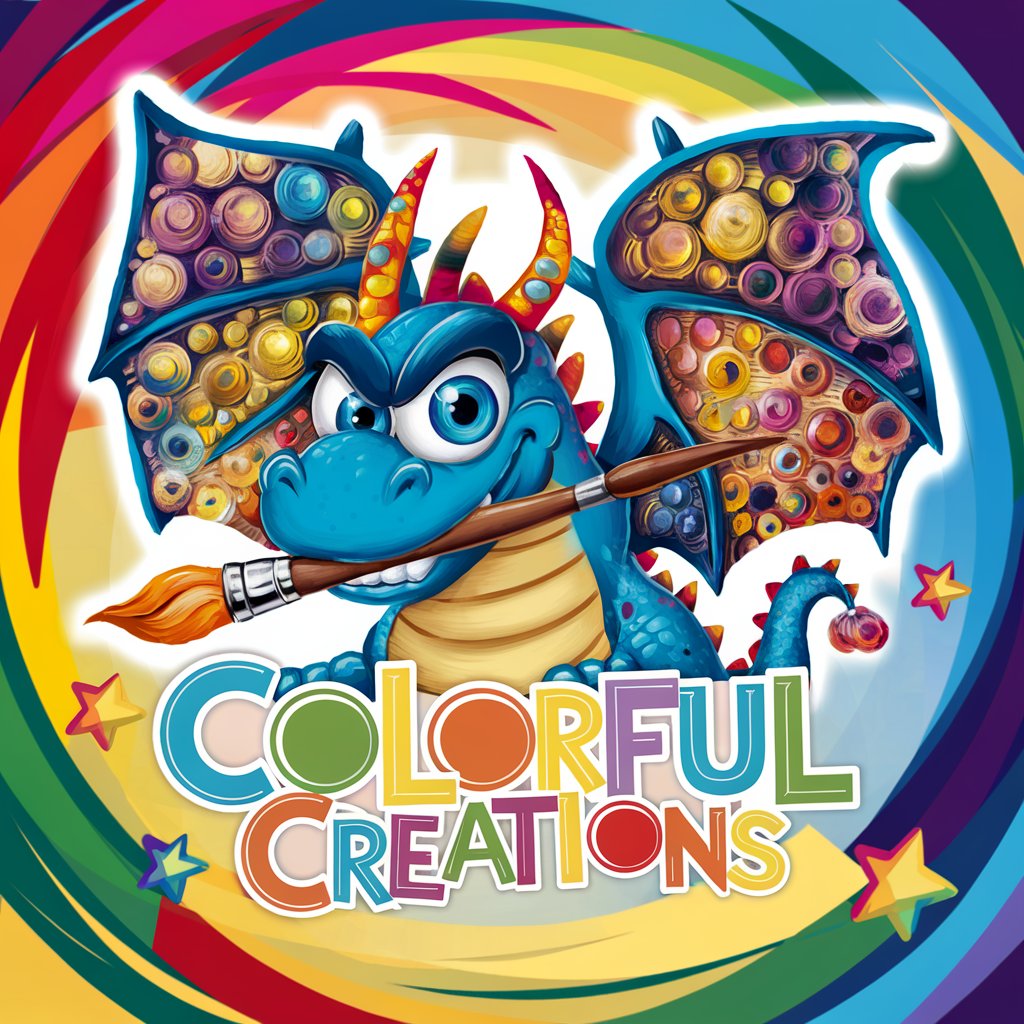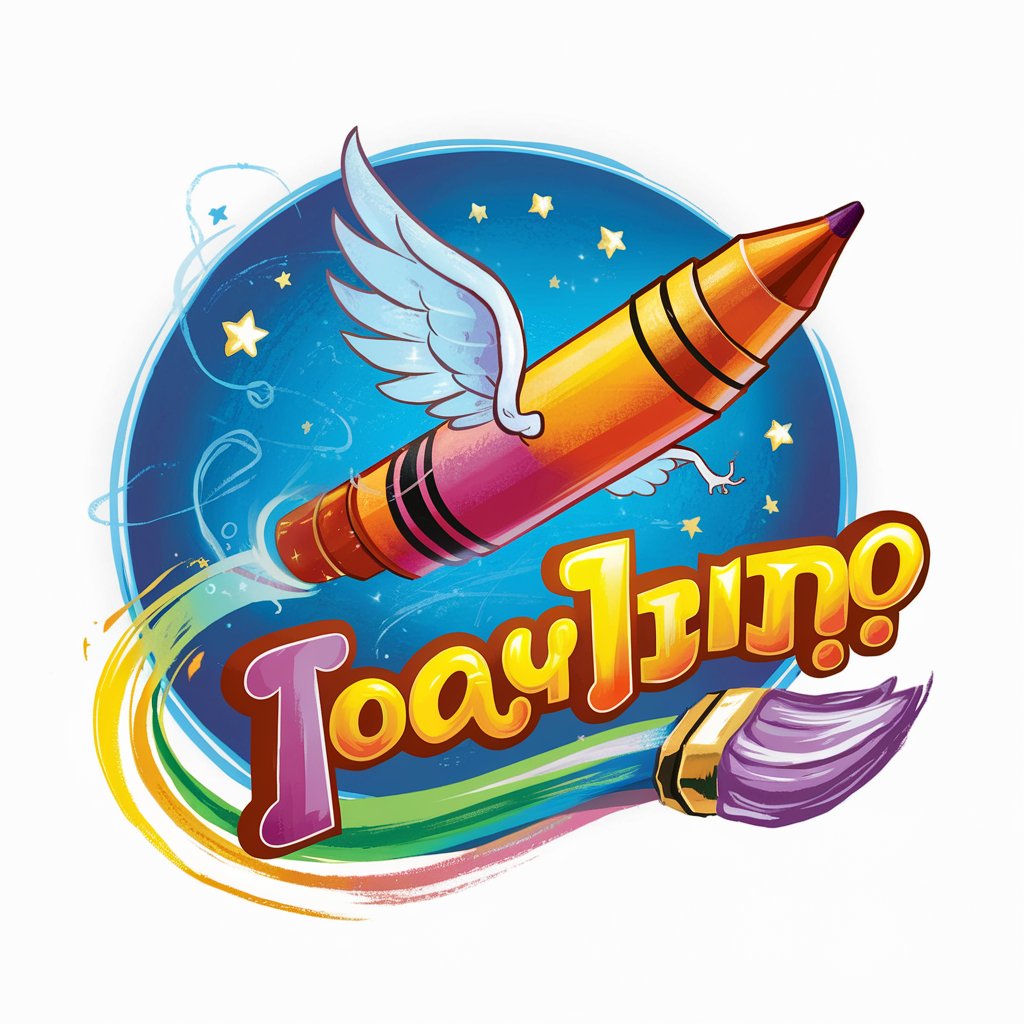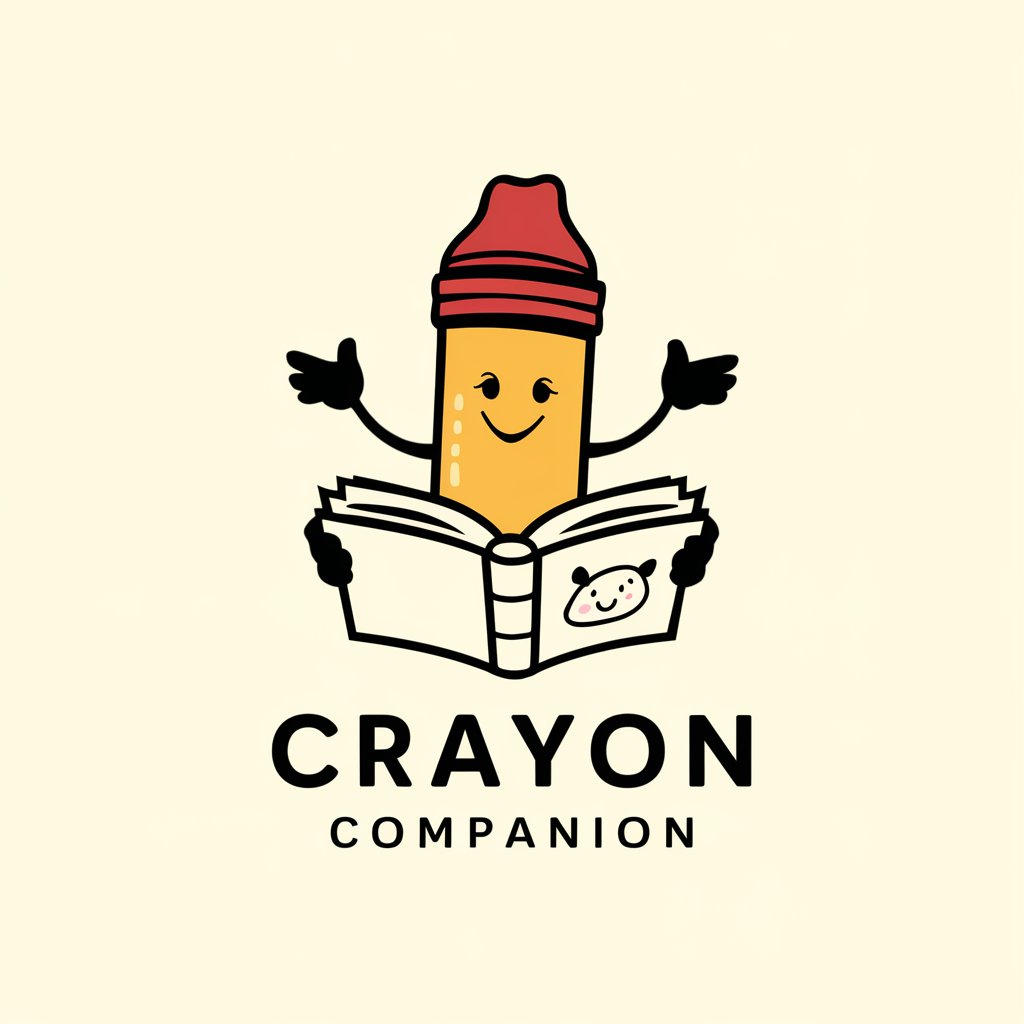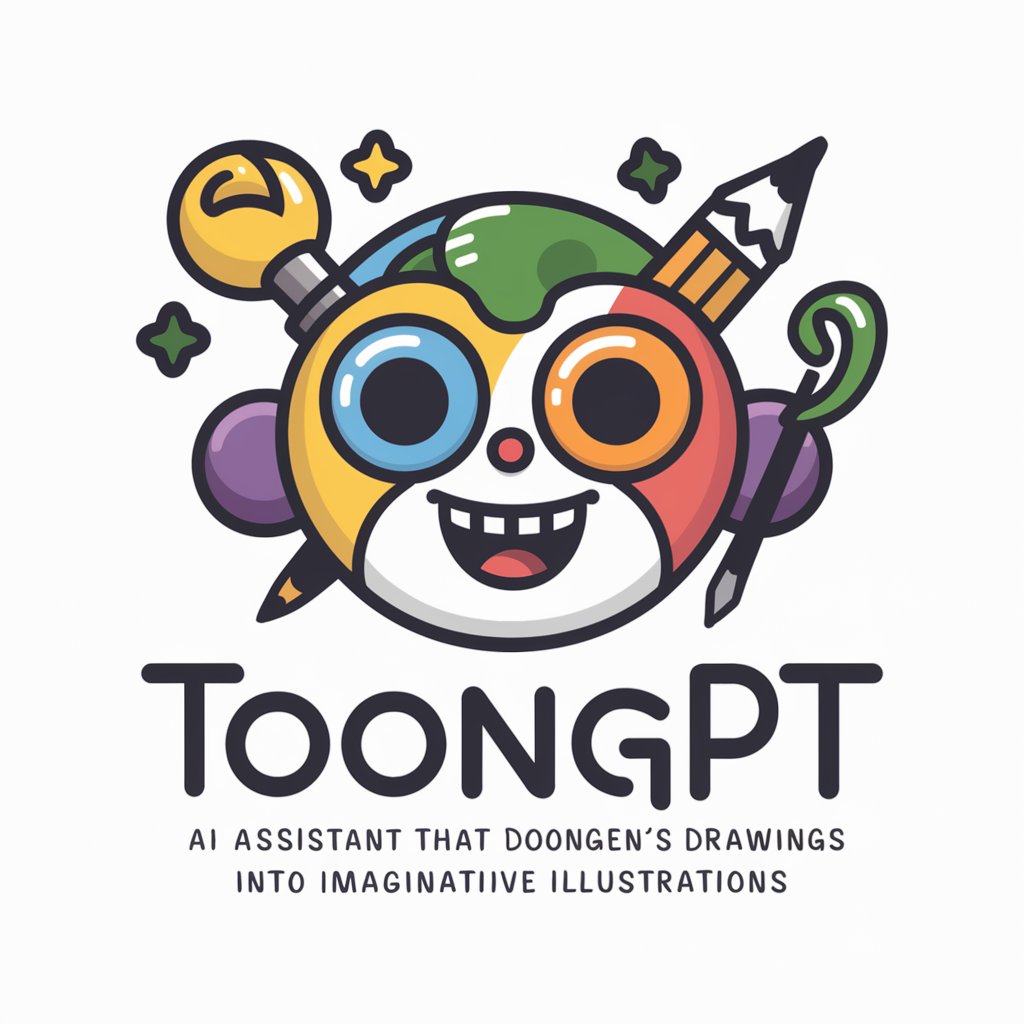4 GPTs for Children's Art Powered by AI for Free of 2025
AI GPTs for Children's Art refers to specialized generative pre-trained transformer models that are designed or adapted specifically for applications in children's art. These tools leverage the advanced capabilities of AI to understand, generate, and interact with content related to children's artistic expressions and learning. They aim to foster creativity, enhance learning experiences, and provide tailored solutions in educational or creative settings, making the arts more accessible and engaging for children through the use of cutting-edge technology.
Top 4 GPTs for Children's Art are: Colorful Creations,イラストマジック,Crayon Companion,toonGPT
Key Characteristics and Functionalities
AI GPTs for Children's Art boast a range of unique features suited to the domain of children's creativity. These include adaptability across various complexity levels, from generating simple coloring book illustrations to helping in the creation of educational art content. Special features might encompass language learning aids, technical support for art creation, web search capabilities for art inspiration, and data analysis for understanding art trends or children's learning progress. These functionalities are designed to support and enhance the artistic and educational experiences of children.
Intended Users of AI GPTs for Children's Art
The primary users of AI GPTs for Children's Art range from novices, such as parents and teachers looking to introduce art in an engaging way, to professionals and developers in the field of educational technology. These tools are accessible to those without any programming background, offering intuitive interfaces and guided processes, while also providing robust customization options for tech-savvy individuals or professionals seeking to integrate AI into their artistic or educational offerings.
Try Our other AI GPTs tools for Free
Meditative Support
Discover how AI GPTs for Meditative Support can transform your meditation practice with personalized guidance, tailored resources, and insightful progress tracking.
Romantic Research
Discover the innovative world of AI GPTs for Romantic Research, tools designed to explore and enhance our understanding of romance through advanced AI technology.
Matchmaking Analysis
Discover AI GPTs for Matchmaking Analysis: revolutionary tools designed to transform matchmaking through tailored AI solutions, enhancing connections.
Demographic Estimation
Explore the next frontier in demographic analysis with AI GPTs. These advanced tools offer precise, data-driven insights into population trends, enabling informed decisions across various sectors.
Compatibility Calculation
Discover how AI GPTs for Compatibility Calculation can transform decision-making with precise, data-driven insights for personal, professional, and technical assessments.
Director Discovery
Discover the power of AI GPTs for Director Discovery, designed to unveil comprehensive insights into directors' careers, influences, and contributions with unparalleled precision and ease.
Further Understanding of AI GPTs' Role
AI GPTs for Children's Art serve as customized solutions across various sectors, particularly in education and art. They offer user-friendly interfaces and flexible integration capabilities, making advanced AI accessible for enhancing children's learning and artistic expression. These insights underscore the potential of AI GPTs to transform educational methodologies and creative experiences for children.
Frequently Asked Questions
What exactly are AI GPTs for Children's Art?
AI GPTs for Children's Art are artificial intelligence tools designed to assist, enhance, and engage in art-related activities tailored for children, using the capabilities of generative pre-trained transformers.
Who can benefit from these tools?
Educators, parents, developers, and professionals in children's education and art sectors can benefit from these tools, enhancing the learning and creative experiences of children.
Can these tools help in language learning?
Yes, many AI GPTs for Children's Art include language learning features that can help children improve their language skills through artistic contexts.
Are there any technical support features?
Yes, technical support is often available within these tools to assist users in navigating and maximizing the tool's capabilities for children's art activities.
How do these tools adapt to different complexity levels?
AI GPTs for Children's Art can adapt from generating simple art activities to assisting in more complex educational content creation, depending on the user's needs and skill levels.
Do I need coding skills to use these tools?
No, these tools are designed to be user-friendly for individuals without any coding background, though they also offer advanced features for those with technical expertise.
Can these tools integrate with existing educational or artistic platforms?
Yes, many AI GPTs for Children's Art are designed to be compatible with existing systems, allowing for seamless integration into current workflows or platforms.
What makes these tools unique compared to general AI applications?
These tools are uniquely tailored to the context of children's art, with features and interfaces designed specifically to engage young learners and support their creative development.



